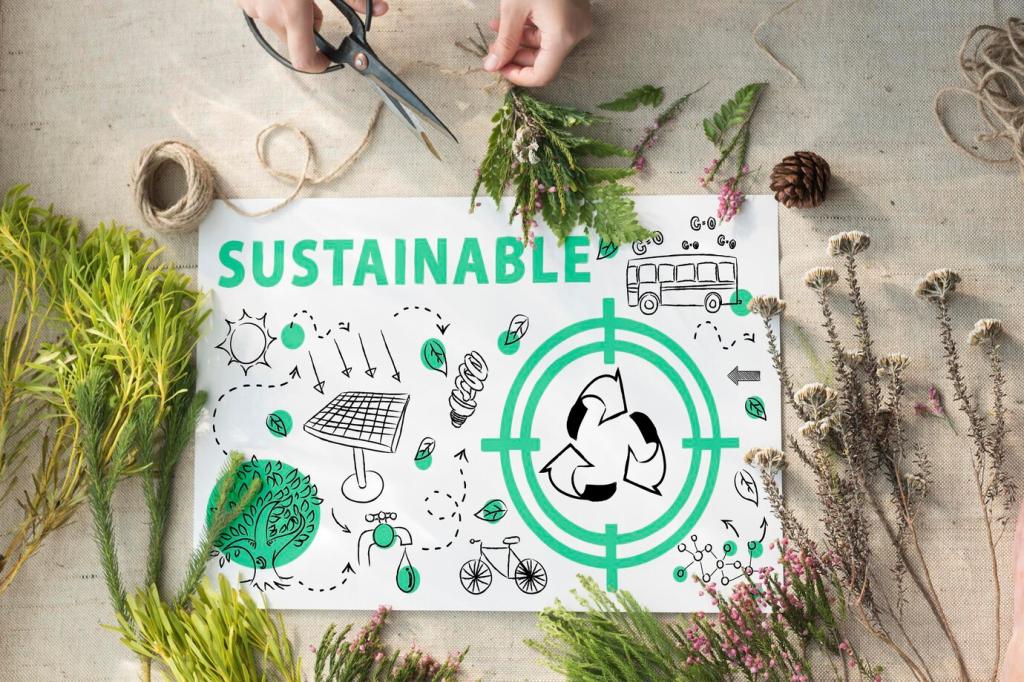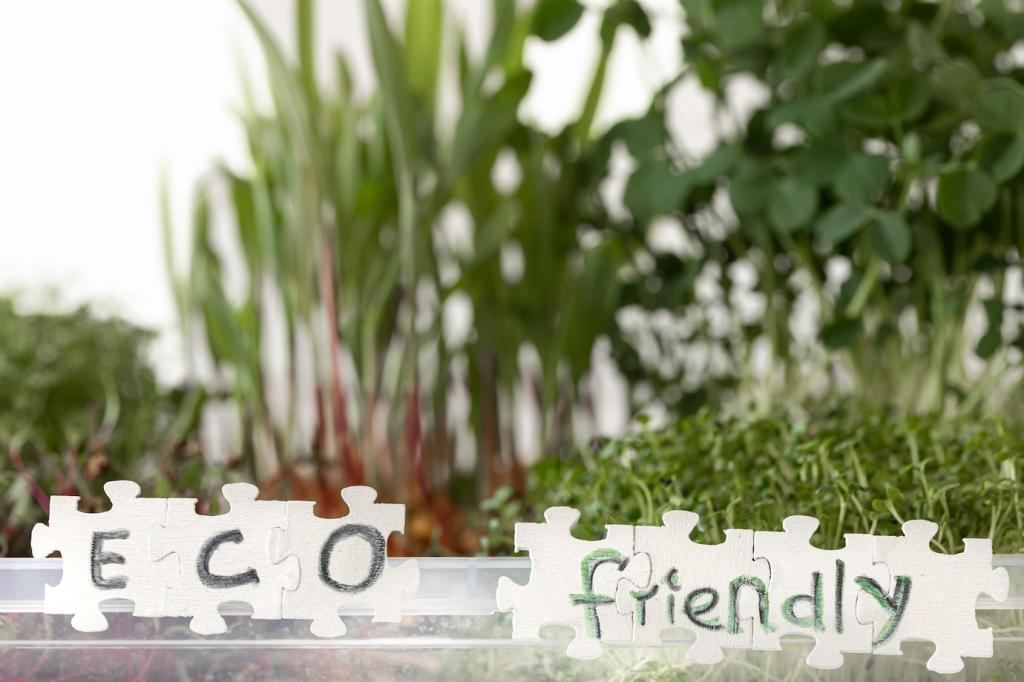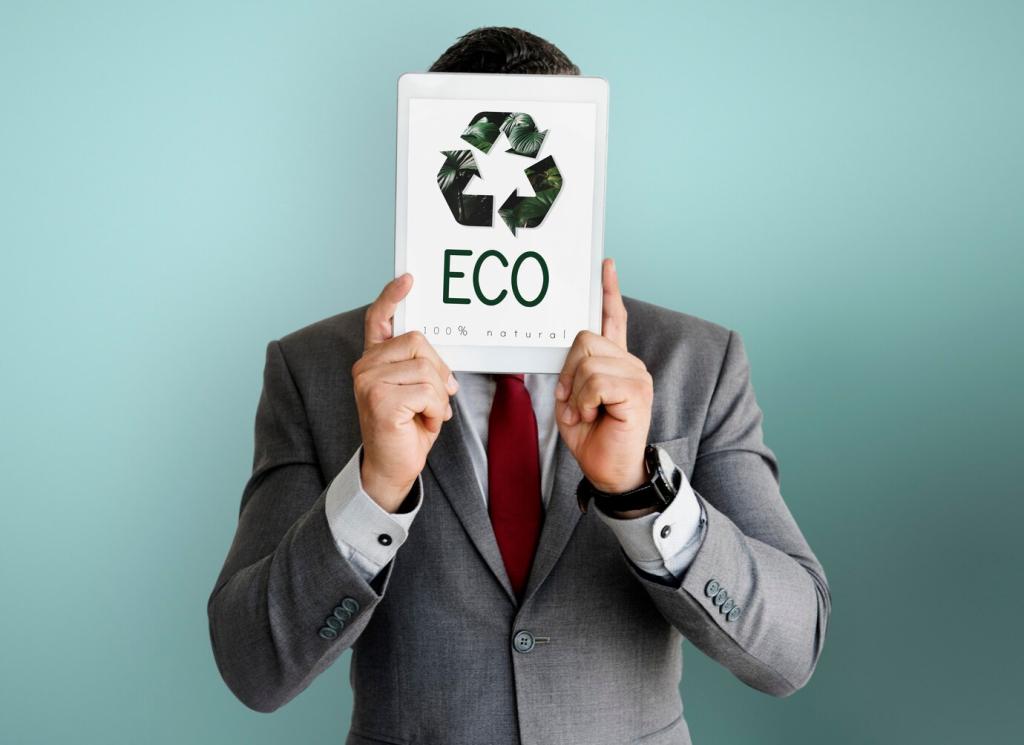SEO Strategies for Sustainable Home Content
Chosen theme: SEO Strategies for Sustainable Home Content. Welcome! Explore practical, human-first SEO approaches that help eco-friendly ideas reach real households. Learn to grow search visibility without greenwashing, build trust with data and stories, and invite readers to act. Subscribe for new experiments, templates, and monthly checklists that keep your sustainable home content discoverable and impactful.

Build a Purpose-Driven SEO Foundation
Define Your Sustainable Home Audience
Sketch real personas: renters seeking energy savings, parents reducing plastic, renovators choosing low-VOC materials. Document their frustrations, language, budget limits, and seasonal triggers. Ask readers to comment with their biggest barrier today, so your SEO strategy aligns with lived needs instead of assumptions.
Match Search Intent to Everyday Eco Decisions
Map intent types to actions: informational for learning compost basics, comparative for heat pump versus gas, transactional for eco-cleaners. Build content that answers decisions at each step. Invite subscribers to suggest messy, real-life questions you can test and answer with evidence and step-by-step guidance.
Create a Values-Aligned Keyword Shortlist
Shortlist phrases that respect accuracy and avoid hype: sustainable home insulation guide, plastic-free kitchen swaps, low-energy laundry tips. Balance search volume with feasibility and usefulness. Share your shortlist with readers and ask them to vote on which topic should be researched and published first.
Leverage Long-Tail, Low-Competition Phrases
Target specific needs like how to seal window drafts sustainably or best reusable containers for school lunches. Long-tail terms align with real problems and convert better. Encourage readers to submit their niche questions, so you can add them to a dedicated research list and explore them publicly.
Mine Questions from Communities and SERP Features
Explore People Also Ask, community forums, and comment threads to discover recurring doubts about compost smells, induction cooktop wattage, or recycled tile durability. Turn those questions into clear articles and short videos. Invite readers to share the most confusing claims they keep seeing on social media.
Balance Opportunity, Difficulty, and Impact
Score keywords by potential traffic, ranking difficulty, and household impact. A term that helps thousands reduce water heating costs deserves priority. Share your scoring logic transparently and ask subscribers to challenge it, making the final roadmap smarter and more accountable to outcomes.
Content Architecture: Pillars and Clusters for Green Living
Create pillars like Sustainable Kitchen, Efficient Heating, or Low-Waste Laundry. Each should answer big questions thoroughly and link to detailed tutorials. Ask readers which pillar feels incomplete, and invite them to request the next cluster topic you should research and publish.
Content Architecture: Pillars and Clusters for Green Living
Under a Sustainable Kitchen pillar, add clusters like composting methods, cookware materials, cleaning swaps, and fridge efficiency. Interlink naturally to reduce bounce and guide people forward. Encourage readers to bookmark the pillar page and return when they tackle the next household upgrade.
Content Architecture: Pillars and Clusters for Green Living
Link with purpose: from questions to answers, and from basics to advanced steps. Use descriptive anchor text, not vague read more. Invite comments when a link feels missing, and update quickly to keep your sustainable home content architecture user-first and search-friendly.

Technical SEO that Respects the Planet
Adopt lightweight frameworks, lazy-load images, and prefetch key routes. One reader shared that after image compression, their tutorial load time halved and time on page grew. Invite subscribers to test their speeds and post screenshots; we will compile community benchmarks and solutions.
Turn Experiments into Narrative Guides
Document a weekend project sealing a drafty door: materials, time, cost, measured temperature change, and comfort gains. Present mistakes honestly. Ask readers to share their own mini-experiments, and we will feature the clearest step-by-step stories with attribution and links.
Use Data Without Losing the Human
Show simple calculations: estimated kilowatt-hours saved, water reduced, and payback months. Pair numbers with feelings like quieter rooms or cleaner air. Invite comments on which metrics matter most at home, guiding future SEO topics toward the outcomes people truly value.
Build Ongoing Feedback Loops
End articles with a question, a poll, and a next-step email. Encourage photo replies and before-and-after submissions. Promise updates when methods improve. Subscribe for quarterly roundups that highlight reader wins and refine our shared sustainable home content playbook.
Link Earning through Partnerships and Digital PR
Co-create guides with community energy advisors, repair cafés, or zero-waste nonprofits. Their expertise adds credibility and natural citations. Invite organizations to propose joint content, and readers to nominate local partners we should spotlight in future sustainable home content collaborations.

Editorial Calendar: Evergreen Meets Seasonal
Schedule drafts ahead of Earth Day, Plastic Free July, and winterization season. Refresh last year’s winners with new data and reader tips. Ask subscribers which dates drive their household changes, so we can align publishing cadences with real behavior and maximize helpful visibility.
Editorial Calendar: Evergreen Meets Seasonal
Quarterly, revisit top guides to add better steps, current prices, and reader photos. Note changelogs for transparency. Invite readers to request an update topic each month, ensuring your sustainable home content stays ahead of shifting products and evolving standards.


